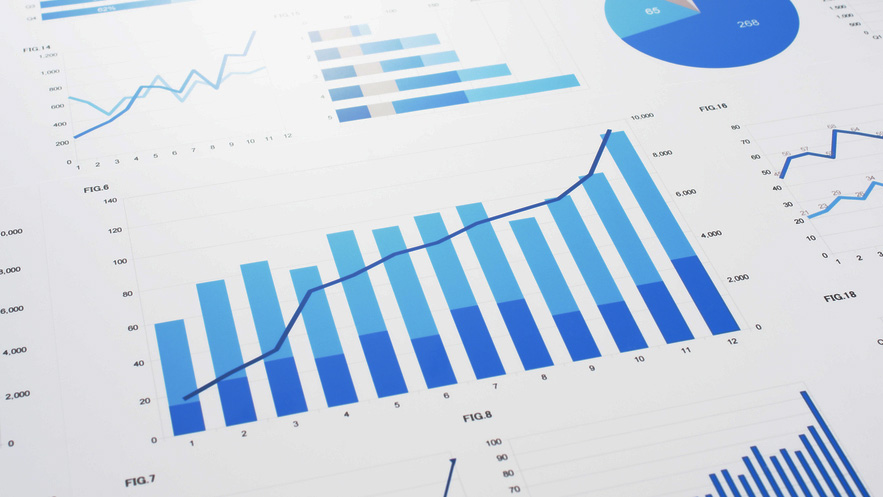6 key findings from KBRA’s decade lookback at auto ABS space

By subscribing, you agree to receive communications from Auto Remarketing and our partners in accordance with our Privacy Policy. We may share your information with select partners and sponsors who may contact you about their products and services. You may unsubscribe at any time.
Kroll Bond Rating Agency (KBRA) released research on Monday assessing changes in the auto loan asset-backed security (ABS) sector, prompting experts to say the segment has demonstrated “both stability and volatility over the past decade.”
The firm’s resulting report evaluated how auto ABS attributes such as loan-to-value (LTV) ratios, initial balances, terms, annual percentage rates (APR) and monthly payments have evolved over this time, with a focus on performance since the pandemic’s onset.
KBRA assessed these attributes in relation to four FICO score-based credit categories: prime, near prime, mid subprime and deep subprime. Analysts also examined trends in connection to used-vehicle values and recovery rates.
Analysts then arrived at six key takeaways, including:
• LTV ratios have generally trended upward toward pre-pandemic levels this year after declining for some time due to increasing vehicle values beginning in Q2 2020, as well as higher borrower down payment amounts.
• Unsurprisingly, weighted average (WA) initial loan balances have also trended upward. This has occurred across a wide range of FICO scores, with the exception of the deep subprime category, where loan balances have actually dipped by approximately 1% as finance companies tighten origination standards.
Subscribe to Auto Remarketing to stay informed and stay ahead.
By subscribing, you agree to receive communications from Auto Remarketing and our partners in accordance with our Privacy Policy. We may share your information with select partners and sponsors who may contact you about their products and services. You may unsubscribe at any time.
• For those same deep subprime borrowers, loan terms have also decreased to eight-year lows. Meanwhile, contract terms for consumers with FICO scores above 550 have trended upward modestly and are above pre-pandemic levels.
• Despite rising interest rates, APRs charged to consumers have remained steady through October 2022, as competitive pressures in the industry made it challenging for lenders to pass higher issuance costs to consumers. However, KBRA expects this trend to change as rates continue rising and credit performance softens.
• With higher loan balances and modest increases in original terms, WA monthly payments have steadily increased.
• Recovery rates reached record highs in Q1 2022, benefiting from strong used vehicle prices from Q2 2020 through Q1 2022. This trend began reversing in Q2 2022 amid declining vehicle prices, which has pushed recovery rates down as well. However, while used-vehicle prices are expected to continue declining, they will likely remain elevated compared to recent years.
KBRA complete research report titled, Auto Loan ABS Trends: Shifting Gears Ahead of the Turn, can be found via this website.


